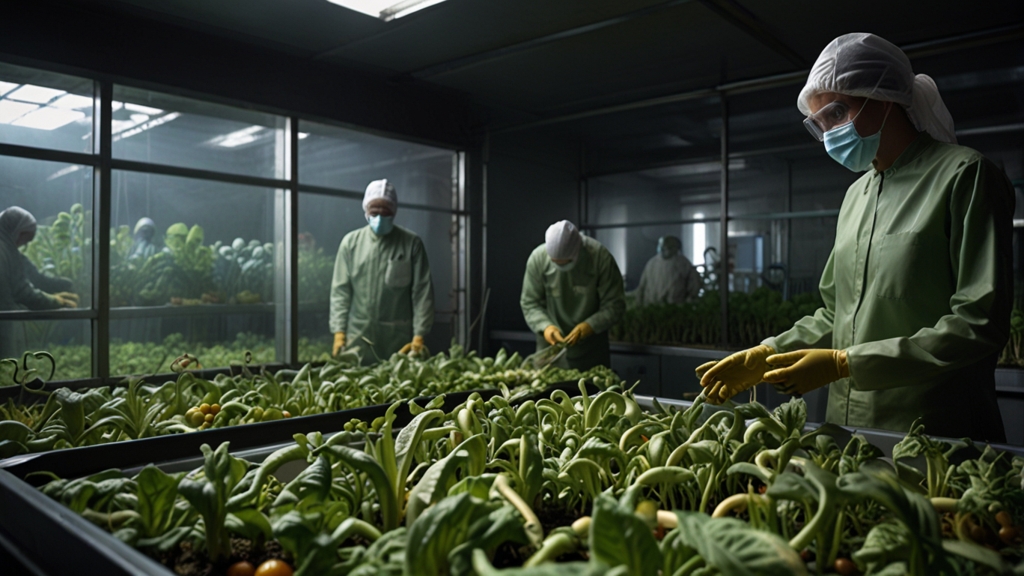Genetically Modified Organisms: Benefits or Dangers?
Genetically Modified Organisms (GMOs) have been a topic of heated debate since their introduction into the global food supply. Advocates argue that GMOs hold the promise of solving serious food security issues, while critics warn of potential environmental and health risks. This article explores both the benefits and dangers associated with GMOs to provide a balanced view on this critical topic.
The Benefits of GMOs
One of the primary benefits of genetically modified organisms is their potential to increase agricultural productivity. GMOs can be engineered to be more resistant to pests, diseases, and adverse environmental conditions. This resistance can result in higher crop yields and reduced reliance on chemical pesticides, which are harmful to the environment and human health.
Another significant advantage is the potential for improved nutritional content. Certain GMOs have been engineered to contain higher levels of essential nutrients, addressing malnutrition issues in developing countries. For instance, "Golden Rice" is genetically modified to produce beta-carotene, a precursor of vitamin A, which is crucial for preventing childhood blindness and other health problems associated with vitamin A deficiency.
Moreover, GMOs can contribute to sustainability in agriculture. Crops that are genetically engineered for herbicide tolerance can support conservation tillage practices. These practices reduce soil erosion, improve water retention, and decrease fuel and labor costs. As a result, GMOs can play a role in promoting environmentally friendly agricultural practices.
Dr. Norman Borlaug, known as the father of the Green Revolution, once said, "Biotechnology will help to provide the food supplies necessary to sustain the planet's growing population."
The Dangers of GMOs
Despite the potential benefits, there are also significant dangers and concerns associated with GMOs. One such concern is the risk of unintended consequences. Genetic modification can sometimes result in unexpected allergenic or toxic effects, which could pose health risks to consumers. Although regulatory bodies require extensive testing, the long-term health impacts of consuming GMOs are still unknown to some extent.
Environmental risks are another major concern. GMOs can potentially interbreed with wild relatives, leading to the spread of modified genes in natural ecosystems. This gene flow can result in reduced biodiversity and the emergence of "superweeds" that are resistant to conventional herbicides, necessitating the use of stronger and potentially more harmful chemicals.
There are also socio-economic considerations. The commercialization of GMOs is often controlled by a few large corporations, which can lead to a monopoly over seed markets. Small-scale farmers may become dependent on buying new seeds each season, which can be financially burdensome and limit their agricultural autonomy.
"The rapid adoption of genetically modified crops is leading to a consolidation of power and control over the global food supply in the hands of a few multinational corporations," warns environmental activist and author Vandana Shiva.
Conclusion
The debate over genetically modified organisms is complex, with compelling arguments on both sides. On one hand, GMOs offer promising solutions to food security, nutritional deficiencies, and sustainable farming practices. On the other hand, they pose potential risks to human health, the environment, and socio-economic equity.
As consumers, policymakers, and scientists continue to navigate the intricacies of GMOs, it is crucial to approach the issue with a balanced perspective, taking into account both the potential benefits and the risks. Ongoing research, transparent regulatory processes, and open public dialogue are essential to ensuring that GMOs contribute positively to our future without compromising safety and environmental integrity.









